
Gemini International Observatory / NOIRLab / NSF / AURA / M. Garlick / M. Zamani; CC BY 4.0
New research may have reignited the mystery of 8 Ursae Minoris b, a seemingly doomed exoplanet that should not exist.
The planet that should not be: 8 UMi b
When it was first discovered, the exoplanet 8 Ursae Minoris b (8 UMi b; also called Halla) baffled astronomers. The planet should have been engulfed by its host star when the star became a red giant, but there was no doubt that the planet was there, resolutely pulling on its star as it completed each 93-day orbit.
Previously, researchers explained this impossibility by suggesting that 8 UMi was once a lower-mass star with a nearby stellar companion. When 8 UMi began its expansion into a red giant, it swallowed its companion. The subsequent restructuring of the interior of the 8 UMi changed its evolutionary path and stopped its expansion, saving the 8 UMi b from a fiery fate.
The key to testing this hypothesis is determining the age of 8 UMi: if the star is old (about 9 billion years old), then the binary merger scenario is feasible. If the star is young, a merger would be quite unlikely, and the mystery of 8 UMi b will live on.
Age estimation

Adapted from Chen et al. / Astrophysical journal letters 2024
An all-star team of detectives led by Huiling Chen (Peking University) set out to determine the age of 8 UMi. The team used position information and photometric data from the Gaia spacecraft, as well as a high-resolution spectrum of the star from a 1.93-meter telescope at the Haute-Provence Observatory. These measurements allowed the team to determine the temperature, surface gravity, and chemical composition of the star.
Using these data, Chen's team estimated the age of 8 UMi with three different methods: stellar isochrones (theoretical relationships between brightness and temperature for stars with different masses but the same age), kinematics, and chemical abundances. All three methods returned age estimates in the range of 1.9 billion to 3.5 billion years, much younger than the nearly 9 billion years estimated for the binary merger scenario.

Chen et al. / Astrophysical journal letters 2024
A mystery once again
The newly calculated age for 8 UMi would make it extremely unlikely that a merger with a binary companion was responsible for saving 8 UMi b from submergence. How does this planet exist then?
While Chen and his collaborators emphasize that more work is needed to solve the mystery once and for all, one of the newly derived stellar properties could provide an explanation: Chen's team estimated the mass of 8 UMi to be 1.7 masses. solar, approximately 13% larger than previous estimates. This larger mass could mean that 8 UMi is slightly more compact than expected, and would mean that the orbital period of 8 UMi b corresponds to a slightly longer orbital distance, large enough, perhaps, for the planet to barely survive the edge of the Earth. his star.
Citation
“The kinematic and chemical properties of the nearby planet host star 8 UMi”, Huiling Chen et al 2024 ApJL 966 L27. doi:10.3847/2041-8213/ad3bb4
This post originally appeared on AAS Newfeaturing notable research from the journals of the American Astronomical Society.







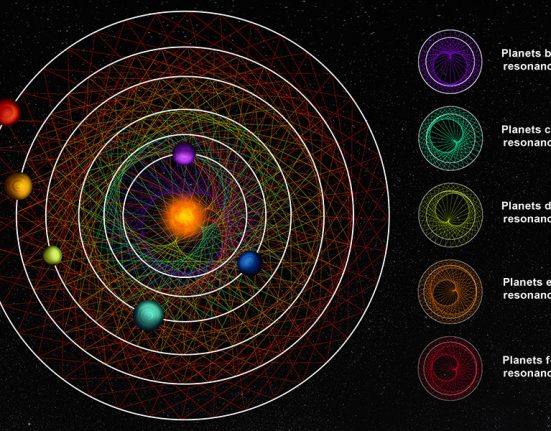
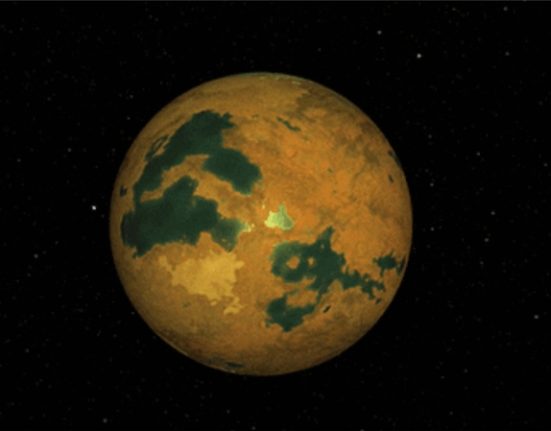
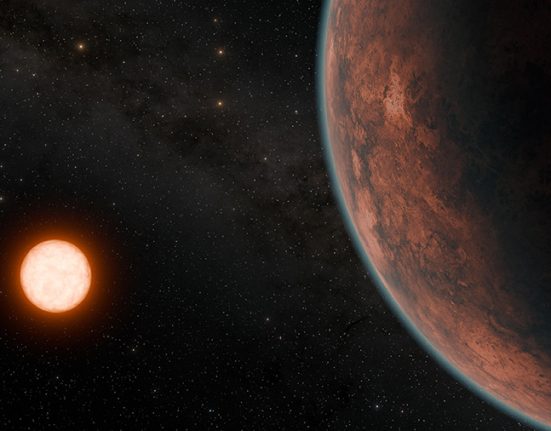
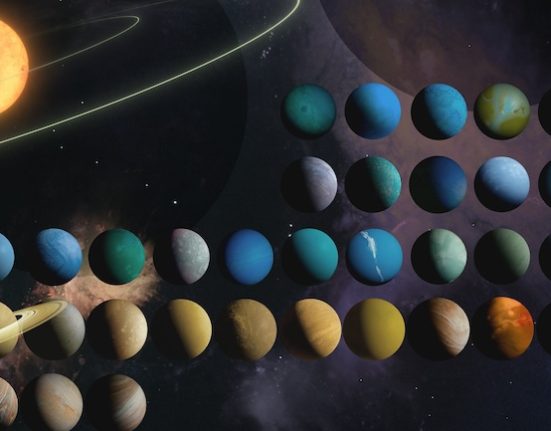
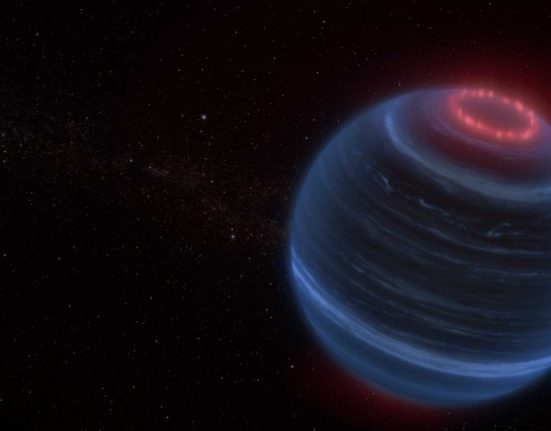
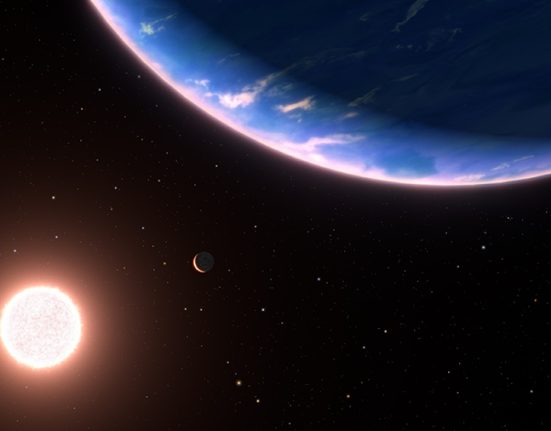
Leave feedback about this